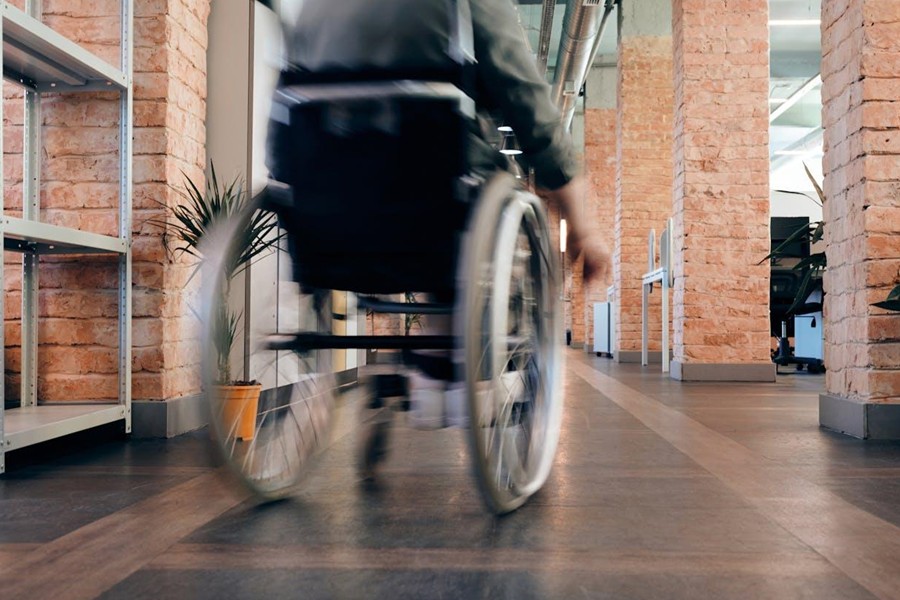 A comprehensive, peer-reviewed study published by the journal Pediatrics of COVID-19 infections in New York City schools offers the strongest evidence to date of low transmission within in-person learning, Mayor de Blasio announced today.
A comprehensive, peer-reviewed study published by the journal Pediatrics of COVID-19 infections in New York City schools offers the strongest evidence to date of low transmission within in-person learning, Mayor de Blasio announced today.
The study, led by Senior Health Advisor Dr. Jay Varma, analyzed hundreds of thousands of in-school COVID-19 tests from a three-month period and includes results from contact tracing investigations for over 36,000 students and staff quarantined after COVID-19 exposure in a school building.
“We’ve said that our public school buildings are some of the safest places in New York City—and we’ve got the numbers to back it up,” said Mayor Bill de Blasio. “Our school reopening plan has been hailed as the gold standard with good reason and has set a model for the rest of the nation.”
“This study shows that New York City is able to safely provide more students in-person learning than any other major school district in this country, said New York City Schools Chancellor Meisha Porter. “We are proud of our exceedingly-low transmission rates, and deeply grateful to our educators, school leaders, custodial and school construction staff, and a deep partnership with DOHMH and the Test &Trace Corps. Our schools are safe, and we will continue to analyze the data and follow the advice of public health experts closely as we welcome back our students and staff.”
Drawing on hundreds of thousands of tests conducted between October 9- December 18th, 2020, the study, attached, finds that in-person learning in New York City public schools was not associated with increased prevalence or incidence overall of COVID-19 infection compared with the general community.
Of the 234,132 people tested across 1,594 different schools, only 986 (0.4%) tested positive, showing that COVID-19 prevalence in schools was similar to or less than estimates of prevalence in the community.
Of the 234,132 people tested across 1,594 different schools, only 986 (0.4%) tested positive, showing that COVID-19 prevalence in schools was similar to or less than estimates of prevalence in the community.
When comparing 2,231 COVID-19 cases that occurred in students and staff with 86,576 persons in New York City diagnosed during the same period, the overall incidence – meaning the total number of newly reported cases – was lower for persons in public schools compared with the general community.
Of 36,423 school-based close contacts, 191 (0.5%) subsequently tested positive for COVID-19 during quarantine monitoring.
Of 36,423 school-based close contacts, 191 (0.5%) subsequently tested positive for COVID-19 during quarantine monitoring.
This “attack” rate is substantially lower than the rate of transmission that occurs in households, demonstrating the effectiveness of the safety and health measures within school buildings.
Many of the measures that NYC implemented before the school year – which combine physical distancing, universal mask usage, contact tracing, improved ventilation, and frequent in-school testing – are now included in CDC guidance, establishing New York City’s schools as a model for the rest of the nation.
Become a Harlem Insider!
By submitting this form, you are consenting to receive marketing emails from: Harlem World Magazine, 2521 1/2 west 42nd street, Los Angeles, CA, 90008, https://www.harlemworldmagazine.com. You can revoke your consent to receive emails at any time by using the SafeUnsubscribe® link, found at the bottom of every email. Emails are serviced by Constant Contact








